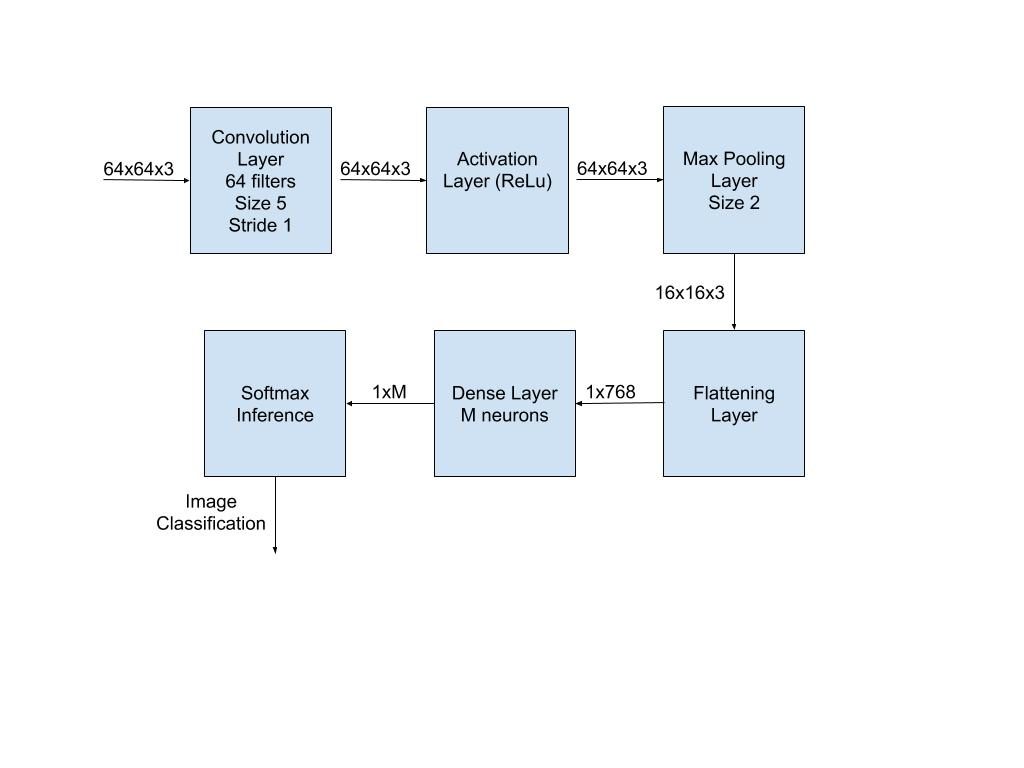This week the team finished the design review report and spent most of the time working on individual parts, including the ethics reading assignment. Because it was the week before Spring Break, most of us were busy studying for exams or finishing large assignments due before break, however, we are still on schedule. We forwarded our design review report to Professor Bain for review and had a phone call with him to address some of the worries we had with scheduling. We agreed that everyone should plan on finishing every as early as possible to address unforeseen issues and communicate as soon as a problem arises, especially because certain parts depend on others. Although we weren’t planning on working over Spring Break, we will continue to make progress and keep each other updated during this time.
[Jing] Finding our path
I spent the majority of the week finalizing our design document. I latex’d a template and shared it with the team on Overleaf, completed my assigned sections of the paper regarding project management, computer vision, and machine learning, and created a revised Gantt chart for our team. I also went with Irene to pick up plywood and other hardware parts at Home Depot.
For the upcoming week, I will begin implementing my Machine Learning model in Python, and setting up a server on AWS to run the code.
[Jing] What is Deep Learning?
This week, I continued to flesh out the details for our machine learning algorithm. After looking at several other convolutional neural network architectures, I discovered that all of them consisted of at least one of each of these layers in a order like this: convolution -> ReLu -> max pooling -> dense -> softmax inference. Additionally, adding extra layers would often times increase the recognition accuracy, but increase the amount of time it takes to process one image. For our project, the sample space of possible images is small because our camera is stationary and will be focused on an area close to the ground. Therefore, inference will naturally be more accurate and not require a complicated neural network. To account for this, the neural network that we build will only have the one of each required layer of a convolutional neural network. If the accuracy of our deep learning algorithm does not hold up, then we will add an extra convolution layer and ReLu layer until it is accurate enough.

I spent the rest of my time determining valid success rate goal for our deep learning recognition. Our team had to figure out goals for false positives (raccoon is let in), and false negatives (your cat is locked out), but couldn’t justify our numbers. After much deliberation, our team decided to post polls on Reddit with questions such as “How frequently do unwanted animals invade your home every year?” or “How much money would you pay for a smart cat door which had a recognition rate of 95%?” Unfortunately, we had a very few number of responses, which doesn’t make the poll responses very useful. In the end, we decided that 95% would be a reasonable goal for our project. We will aim for at most 5% of false negatives and 5% of false positives.
Many research papers on animal recognition that we read reached on average a 95%-97% recognition rate (95% of the time, the algorithm correctly recognizes the animal), but were deployed in environments which were volatile. Because our environment is mostly static, our algorithm does not need to deal with edge cases, varying backgrounds, etc. Therefore, a 95% recognition rate is almost certainly achievable and is essentially the baseline that other deep learning algorithms have reached. Achieving something higher, such as 99%, could be done, but would require either algorithms which are much more advanced than we could implement, or adding other methods of detection like sound, heat, or weight.
Another controversial design decision that we made was to classify cats into breeds. Originally, we planned on doing something similar to cat facial detection, but we decided that doing something like that was out of our skill set. It is certainly possible to do cat facial detection – there are data sets online which have labeled features of cats (such as ears, eyes, fur, etc.). However, given the time frame of the project, we decided that the door will not be able to recognize your cat by its face, but will recognize your cat by its breed. The user will add his or her cat to the system and choose its breed from a list of breeds.
Lastly, I worked on finding data sets to train on. I found several data sets including images of dogs, cats, squirrels, raccoons, and human legs. These will be the primary objects that the camera will detect. Adding more classes of objects will be easy, since data sets are largely available online.